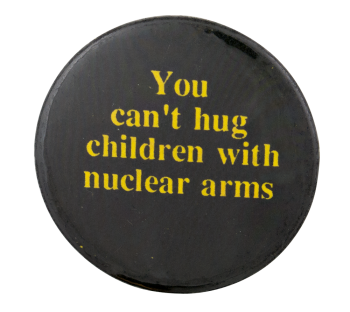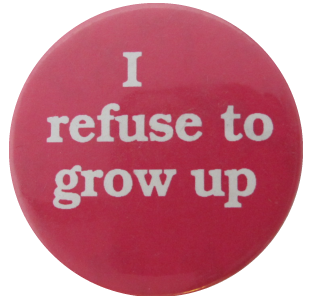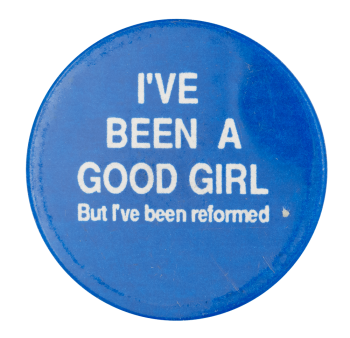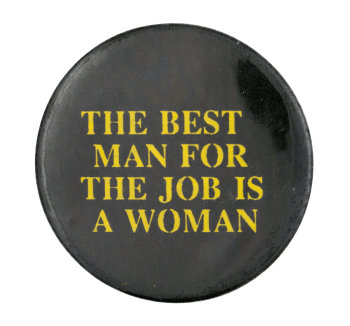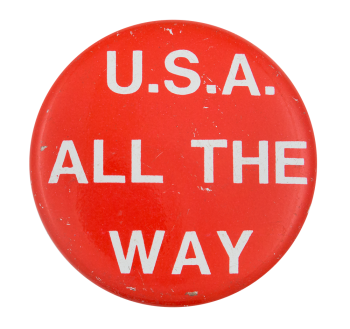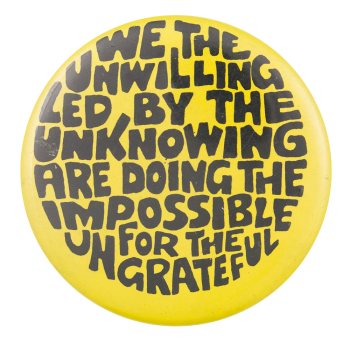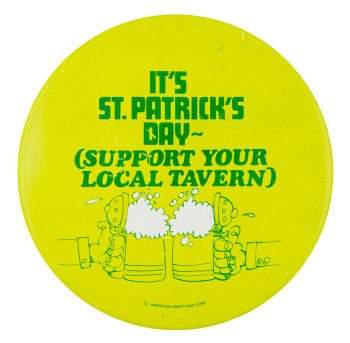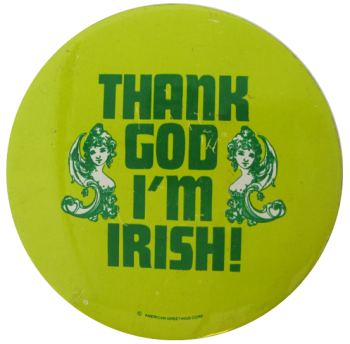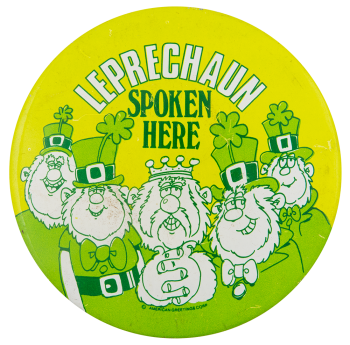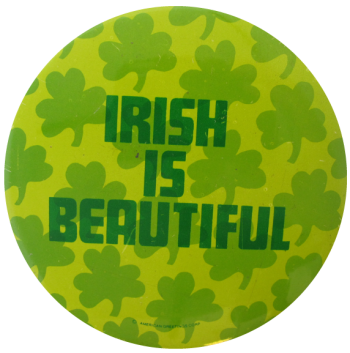Nuclear Arms
| Category | |
|---|---|
| Additional Images | |
| Text on Button | You can't hug children with nuclear arms |
| Image Description | Yellow text on black background. |
| Back Style | |
| The Shape | |
| The Size | |
| Additional Information | In the 1950s some Americans started protesting nuclear tests and nuclear proliferation. This movement intensified in the early 1960s as the Cold War caused increased concern about nuclear war with the Soviet Union, but faded in the late 1960s and 1970s as anti-Vietnam War protests took the forefront among peace activists. In the 1980s the antinuclear movement was revitalized by concerns about Reagan's talk of nuclear war. "You can't hug children with nuclear arms" was a popular slogan of the antinuclear movement starting in the 1980s and appeared on bumper stickers, signs at protests, and buttons like this one, which came in several colors. |
| Catalog ID | CA0068 |

